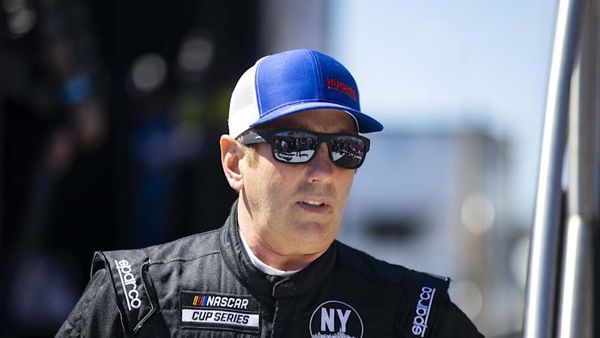
He is known as ‘The Voice of Rock’, but Glenn Hughes is also renowned for his prowess as a bassist.
His funky style has been a feature of his many solo albums and the various bands he has starred in – from Trapeze and Deep Purple all the way through to Black Country Communion, in which he performs alongside guitar hero Joe Bonamassa.
With a new solo album, Chosen, released this month, Hughes speaks to MusicRadar about his most beloved basses, why he errs toward Fender gear, the vintage bass that Joe Bonamassa loves to admire, and his best advice for young bass players – with an acknowledgement to a late friend he regards as one of the finest bass players of all time.
How has your bass rig evolved since your days with Trapeze in the early ’70s?
“Well, Trapeze was all Hiwatt amps. And I wasn’t using pedals back then. I started using pedals in Deep Purple.
"But for me, it was always Hiwatt. I had those amps right before I joined Purple, because, to me, those amps are the greatest.
“John Entwistle [of The Who] turned me onto Hiwatts in 1970. Hearing him play through Hiwatts was the game-changer for me.
“So for me it was always about the Hiwatts. And in Purple I used a wah-wah pedal on my bass. That was the only pedal I used.”
How about your bass guitars?
“It’s really always been [Fender] P-Basses. Back in Purple, I had a ’61 P-Bass. But then on Burn [Hughes’ first recording with Deep Purple], I had a Rickenbacker for that album.
“I tried to use the Rickenbacker live, but it didn’t work for me as I couldn’t get funky on the bass. I wasn’t able to play that bass for a groove like I did with the P-Bass.”
What are your most prized basses today?
“I have a ’62 [Fender] Jazz Bass with the original strings on it! Joe Bonamassa comes over to my house and looks at it, and we talk about it. He says to me, ‘You really can’t take the strings off of it ‘cause it’s a museum piece. You’ve got to keep the value.’
“But it’s not about the value to me. It’s not really about the money. I just love that bass as it is with the strings.
“But that aside, the bass that I’ve used the most on the albums you hear me play on is my 1965 Fender P-Bass, which is a sunburst. It’s an outstanding instrument. I got it some time ago while playing in Iowa at The Surf Ballroom.
“The manager of the venue had it on the wall of his office, and I said, ‘Is there any chance I could play that bass tonight?’ So I played that bass for the show, and afterwards I said to him, ‘Is there any chance that I could maybe buy that from you?’
“The guy was actually a Trapeze fan, and so I managed to give him some money, and he let me go home with it.”
Do you modify your basses or keep them stock?
“I normally keep them stock. I’ve been very lucky that with all the vintage basses that I’ve ever had, they’ve all been great.”
And what is your best advice for new bass players?
“A really dear friend of mine, Andy Fraser, from the band Free, was one of my closest friends. We were really, really close, and right before he died I was reminded of what I noticed all those years ago – that the notes he didn’t play were more important than the notes he did play.
“That was really fascinating to me, and since then, I’ve always felt that the notes you don’t play are more important than the notes that you do play.
“So that’s my advice for new bass players – that less is more.”







